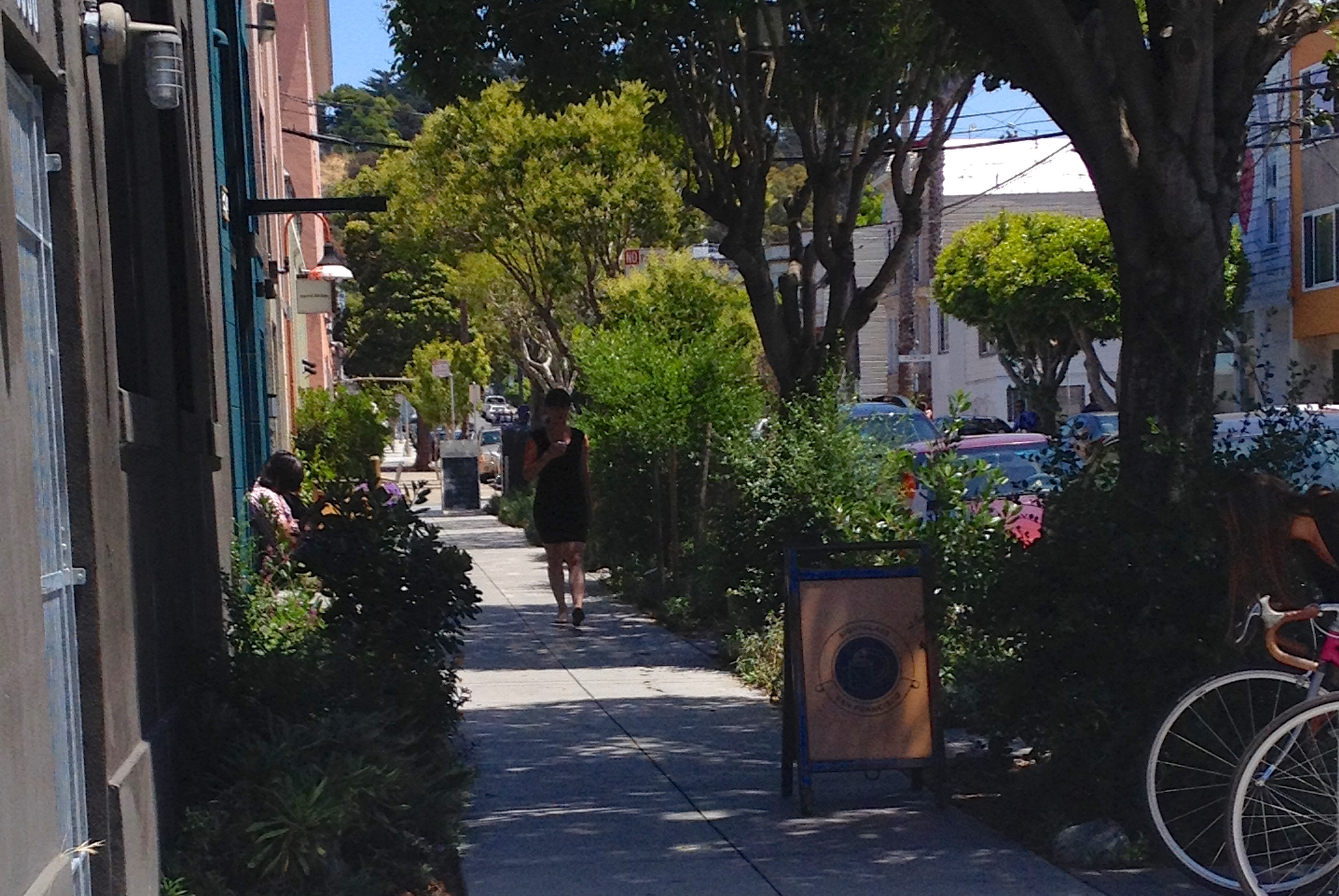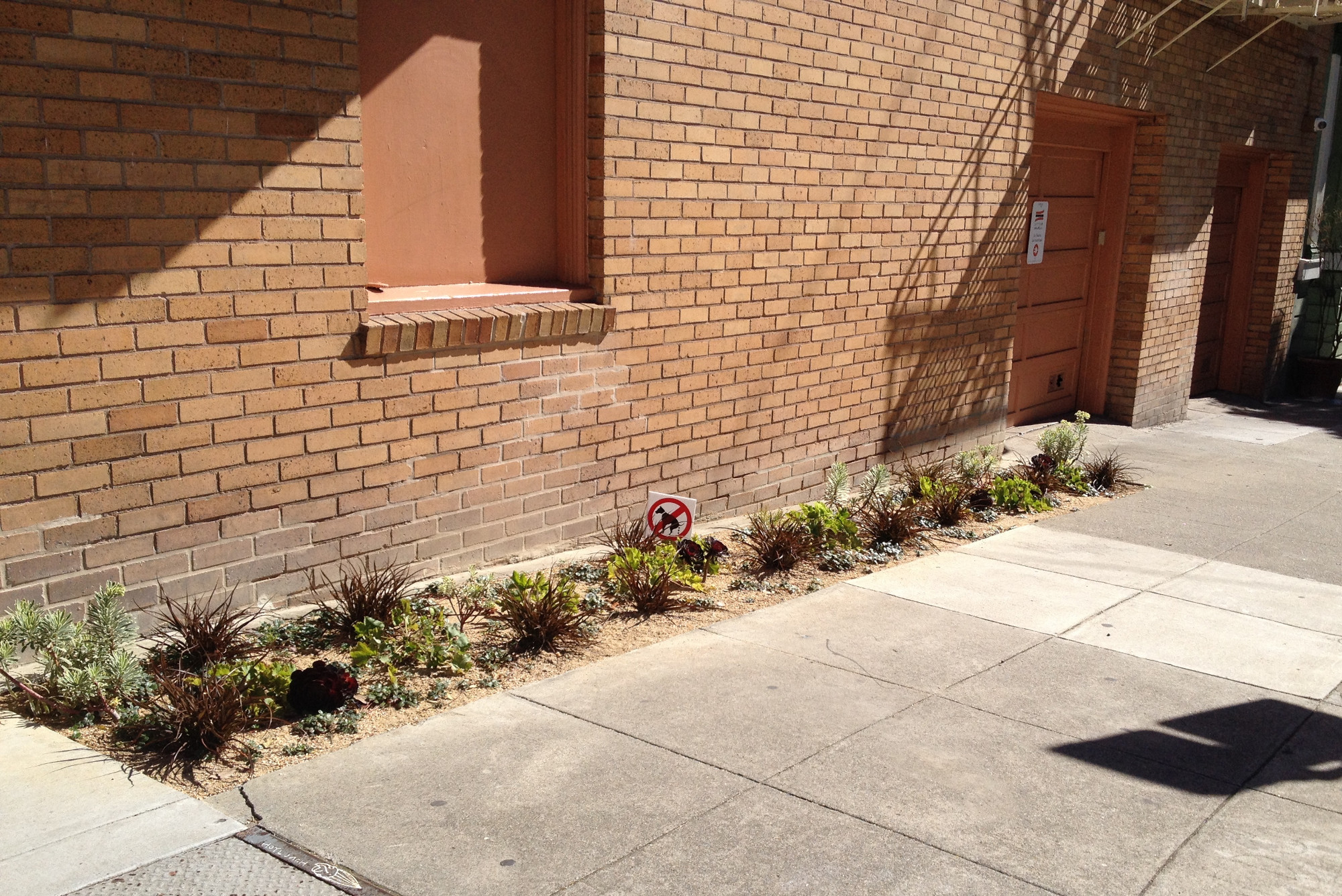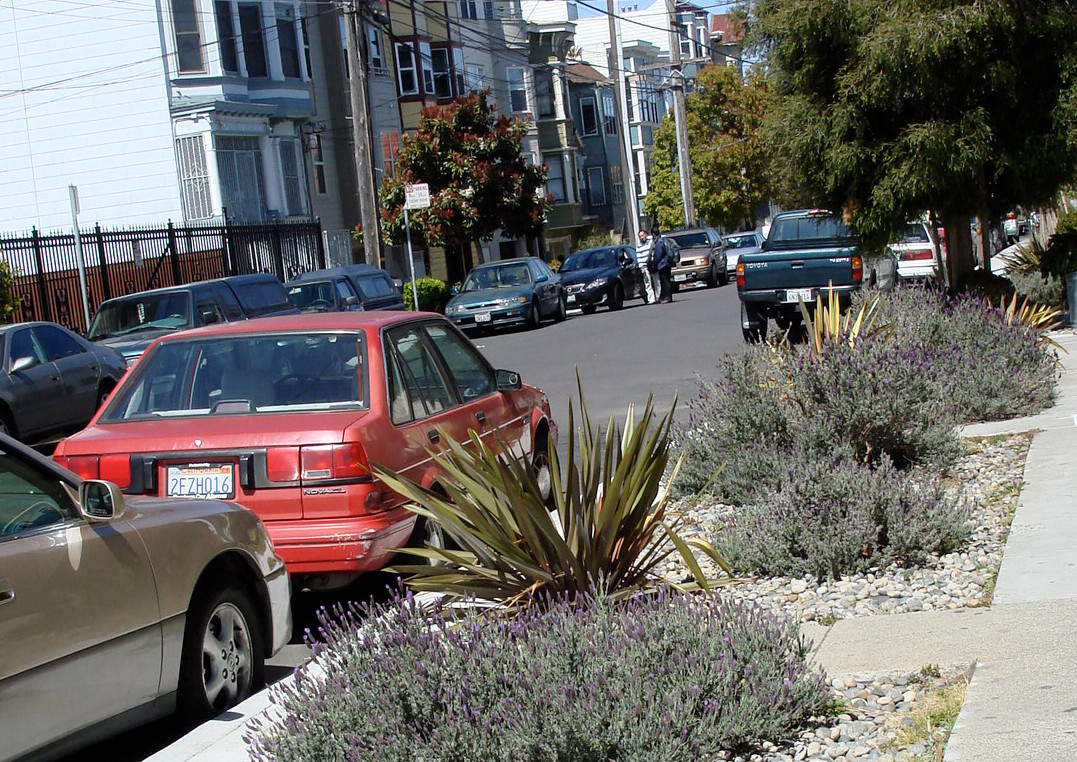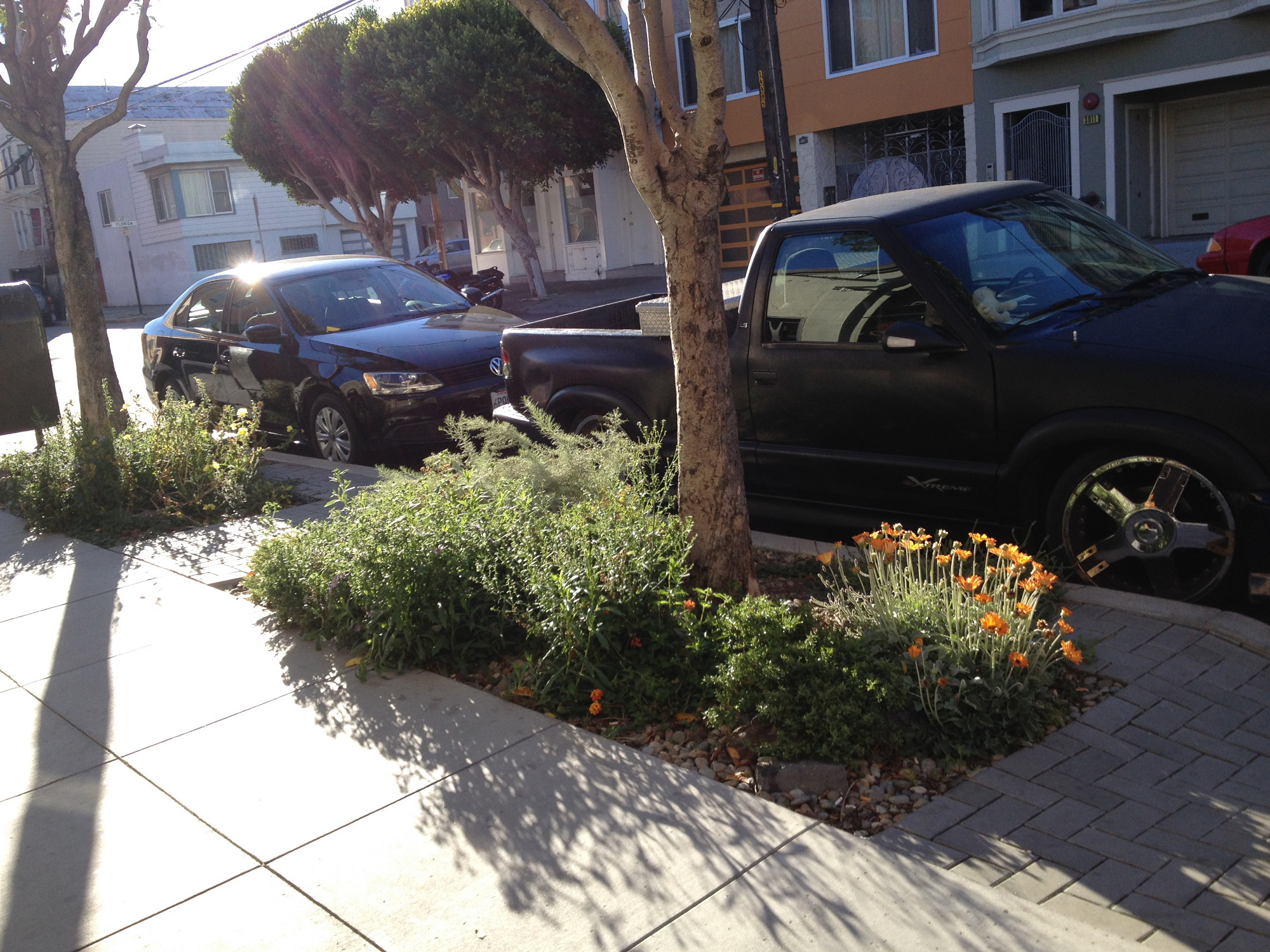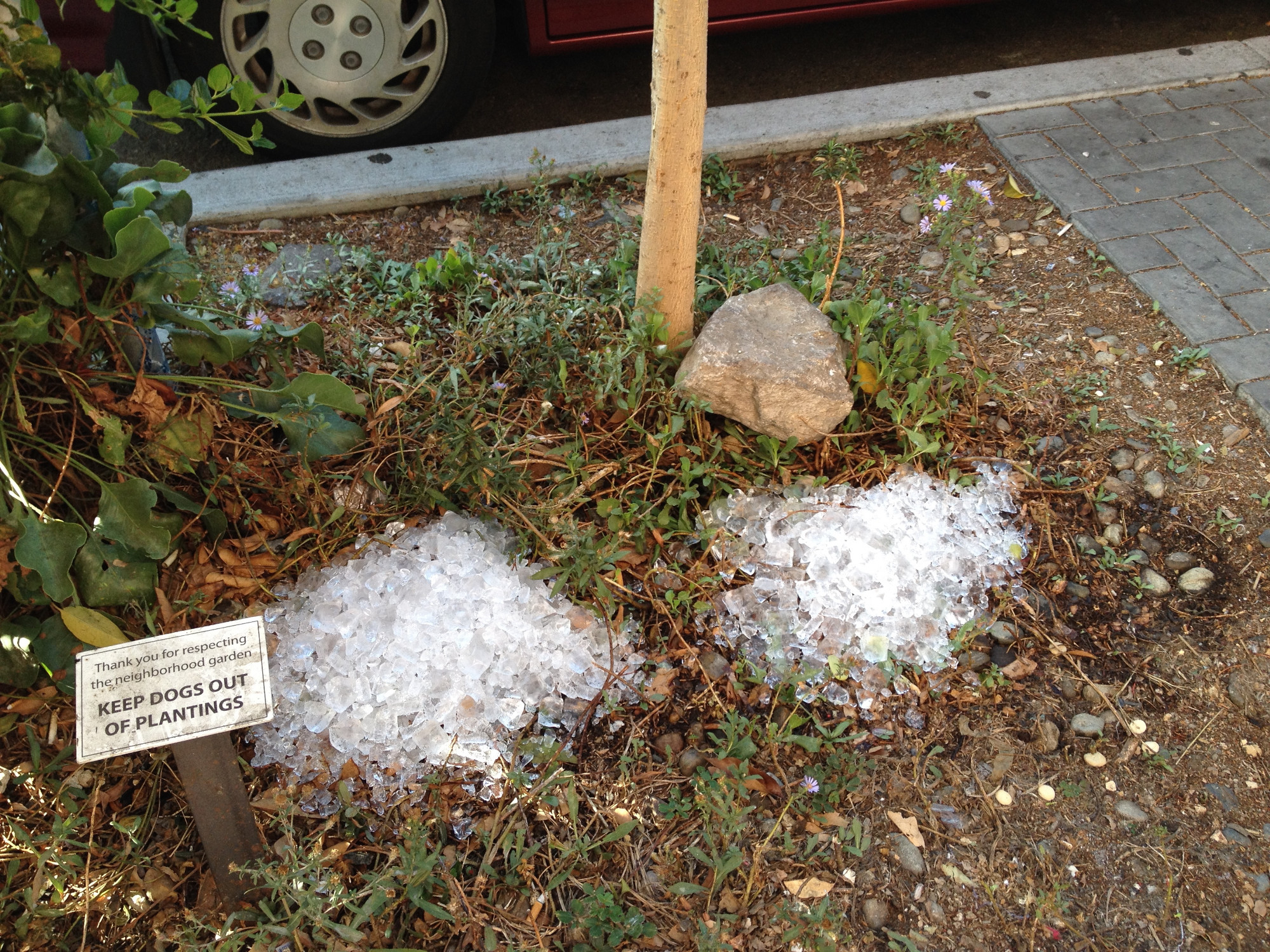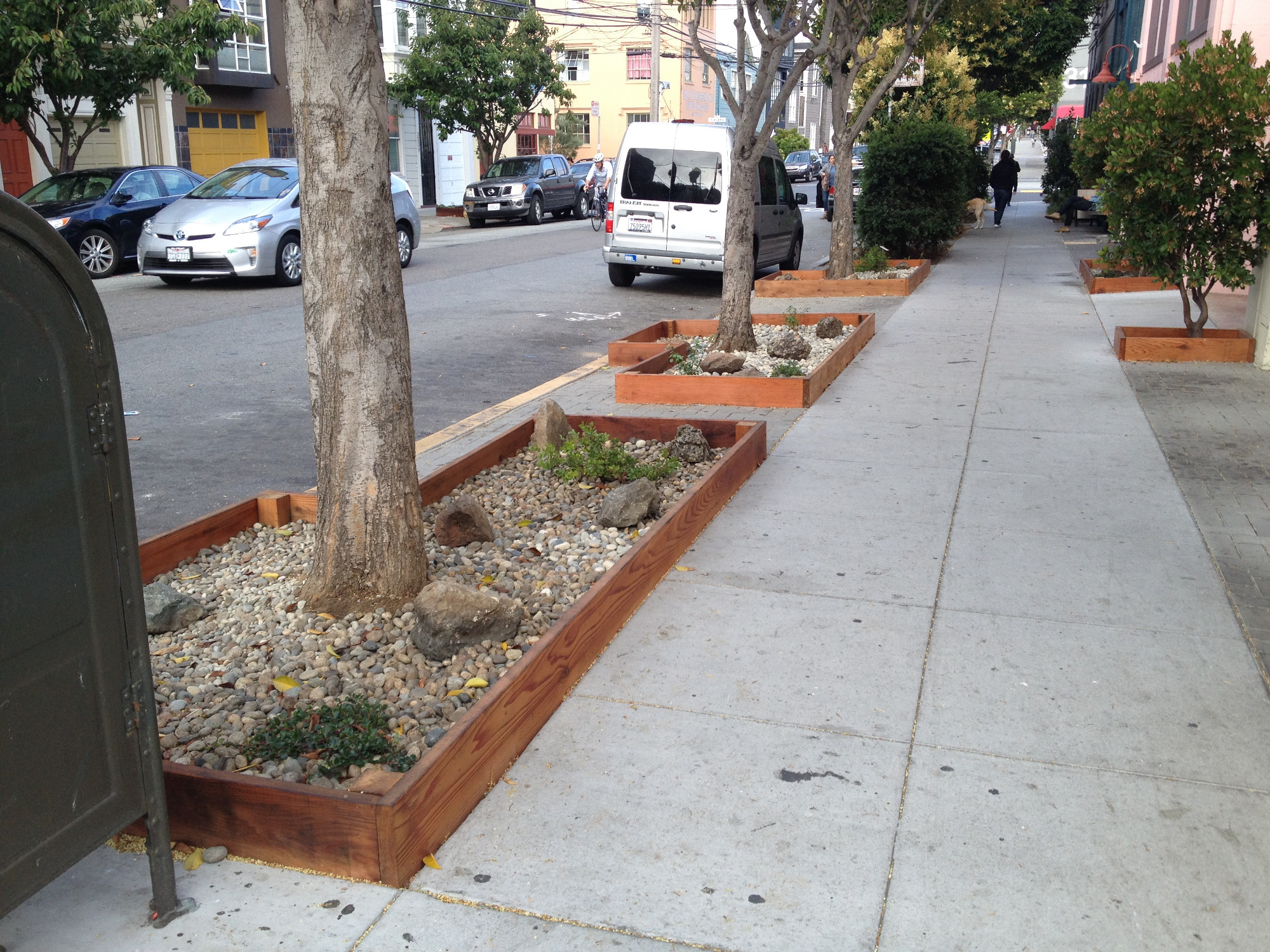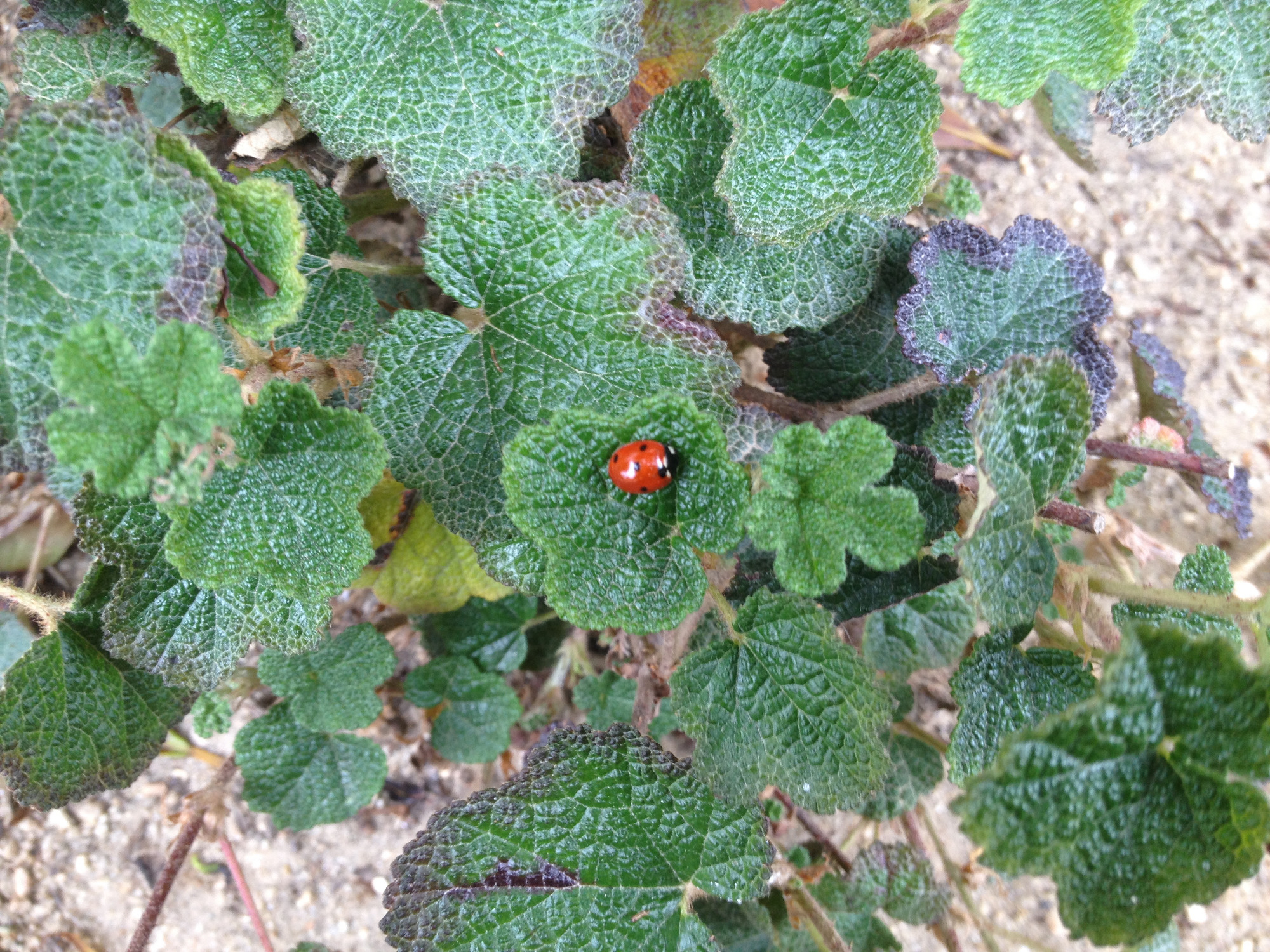Μανώλης Καπάνταης
Δασολόγος-Περιβαλλοντολόγος
τ. Δ/ντής
Πράσινου
Χρησιμοποιώντας τις πάνες των
μωρών και των ενηλίκων στη κηπουρική
Χρησιμοποιείτε τις πάνες σε γλάστρες; Γνωρίζετε ότι οι πάνες περιέχουν
κρυστάλλους που είναι μη τοξικά υλικά , βιοδιασπώμενα και φιλικά προς το
περιβάλλον;
Πως
συμβάλλουν λοιπόν οι πάνες στην ανάπτυξη των φυτών;
Ναι, είτε το πιστεύετε είτε όχι, οι πάνες μιας χρήσης μπορεί να διατηρήσουν
το φυτόχωμα σας υγρό από το στέγνωμα,
ειδικά κατά τη διάρκεια που έχουμε θερμό και ξηρό καιρό το καλοκαίρι και οι
γλάστρες απαιτούν συχνή άρδευση. (Να λάβετε υπόψη σας, ότι εννοούμε οι πάνες να
είναι καινούργιες και καθαρές) . Οι κρύσταλλοι
απορροφούν και συγκρατούν υγρασία και φουσκώνουν όπως το σφουγγάρι. Για το λόγο
αυτό, βοηθούν τα φυτά σας να μεγαλώνουν
οι πάνες.
Για να έχετε ίδια εμπειρία προσθέστε 4 φλιτζάνια νερό σε μία πάνα και θα
εκπλαγείτε, διότι τίποτα δεν θα διαρρεύσει και η πάνα έχει την ιδιότητα απορροφά
όλη τη ποσότητα του νερού. Οι κρύσταλλοι στις πάνες μπορεί να συγκρατήσουν
μέχρι και 500 φορές το βάρος τους σε νερό. Ενός ενήλικα η πάνα συγκρατεί πάνω από 12 φλιτζάνια νερό.
Πώς να χρησιμοποιήσετε το ζελέ της πάνας στο φυτόχωμα
της γλάστρας
Όταν αποφασίσετε να χρησιμοποιήσετε τις πάνες σε γλάστρες, προμηθευτείτε
τις φθηνότερα συσκευασμένες σε κουτί από ένα τοπικό μεγάλο κατάστημα, διαφορετικά,
μπορείτε αντίστοιχα να αγοράσετε ακριβό ζελέ .
Ακολουθείστε
την παρακάτω διαδικασία:
Σχίζετε τη πάνα με ένα κόφτη και την
ανοίγετε, μετά ρίχνετε το περιεχόμενο της σε ένα πλαστικό δοχείο η λεκάνη η σε
ένα μπολ. Αποφύγετε να βάλετε στο δοχείο σας και τα μικρά βαμβακερά κομμάτια
της πάνας.
Προσθέστε νερό αργά μέχρι να έχετε ένα παχύρευστο ζελέ, και στη συνέχεια
αναμείξτε με φυτόχωμα σε ίσα μέρη. Καλό θα είναι να χρησιμοποιήσετε τα ποιοτικά
φυτοχώματα «ΑΝΑΓΝΩΣΤΟΥ» η παρόμοια που θα τα προμηθευτείτε από τα φυτώρια.
Τοποθετείστε μετά το υλικό σε ένα κουβά
και αποθηκεύστε το μέχρι να είστε έτοιμοι για να φυτέψετε.
Όταν αναμιγνύεται εντελώς θα έχετε ένα ευάερο, σούπερ απορροφητικό, σούπερ
αυξητικό φυτόχωμα.
Η τοποθέτηση στη γλάστρα με το νέο
σας σούπερ έδαφος θα μπορούσε να αραιώσει το πότισμα μέχρι δύο με τρείς φορές,
λόγω των σούπερ απορροφητικών κρυστάλλων νερού στο φυτόχωμα.
Θα μπορούσατε να κάνετε το ίδιο το μίγμα και στα παρτέρια στο κήπο σας και
να έχετε τα ίδια αποτελέσματα όπως ακριβώς με τα φυτά στις γλάστρες και ενδεχομένως, να έχετε μια καλύτερη απόδοση στο
τέλος.
Αν δεν θέλετε να μπείτε στον κόπο και σε αναστάτωση όπως με τα προηγούμενα
, από τις πάνες,
αφαιρέσετε το στρώμα που έρχεται σε επαφή με το κάτω του μωρού και στη
συνέχεια, τοποθετήστε το σύνολο της πάνας στον πυθμένα της γλάστρας, με τη
πλευρά που βρίσκεται το πλαστικό μέρος, προς τα κάτω. Αν η γλάστρα είναι
μεγάλου μεγέθους, μπορεί να χρειαστείτε περισσότερες από μία πάνες. Επόμενη
κίνηση είναι να ανοίξετε 2-3 τρύπες στο πλαστικό μέρος της πάνας έτσι ώστε το
φυτόχωμα να μπορεί να αποστραγγίζει. Διαφορετικά, μπορεί να έχετε αρνητικά αποτελέσματα να σαπίσουν οι
ρίζες και να καταστραφούν τα φυτά.
Πάνες για τα φυτά σας; Μάθετε
πώς μπορείτε να χρησιμοποιήσετε τις πάνες στον κήπο σας
Αυτό το βίντεο που ακολουθεί, σας δείχνει πώς μπορείτε να χρησιμοποιήσετε
τις πάνες για να ελέγχετε το πότισμα στα φυτά σας. Με τη μέθοδο αυτή, μπορείτε
να εξοικονομήσετε χρόνο και το νερό .
ΠΗΓΕΣ : Στοιχεία από τη τοποθεσία babamail
Άρθρα του Μανώλη Καπάνταη:




